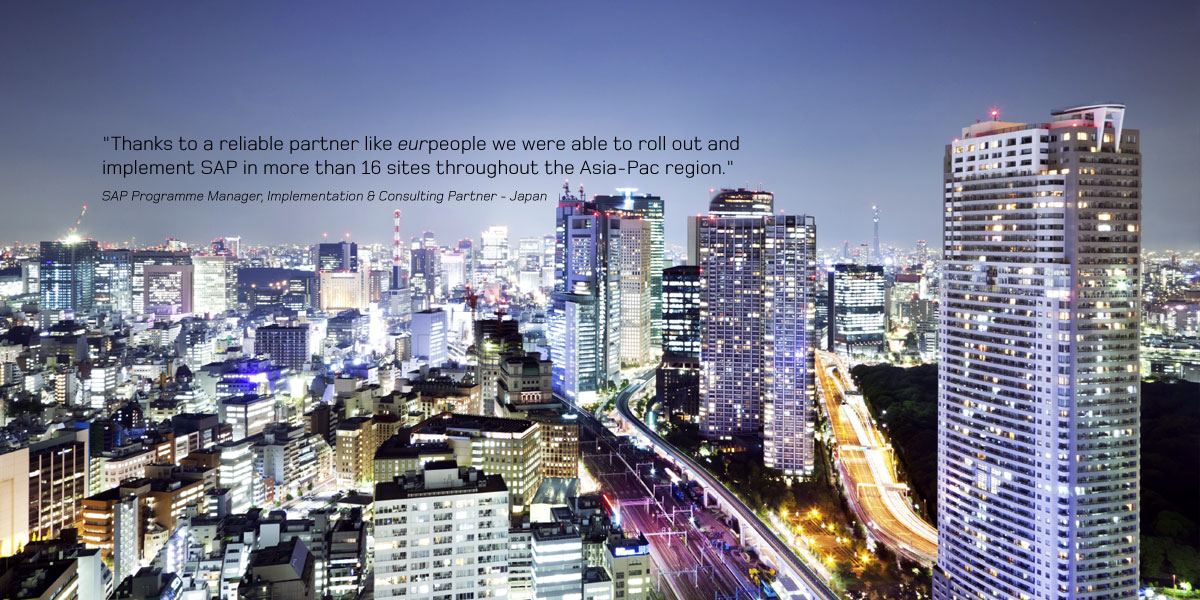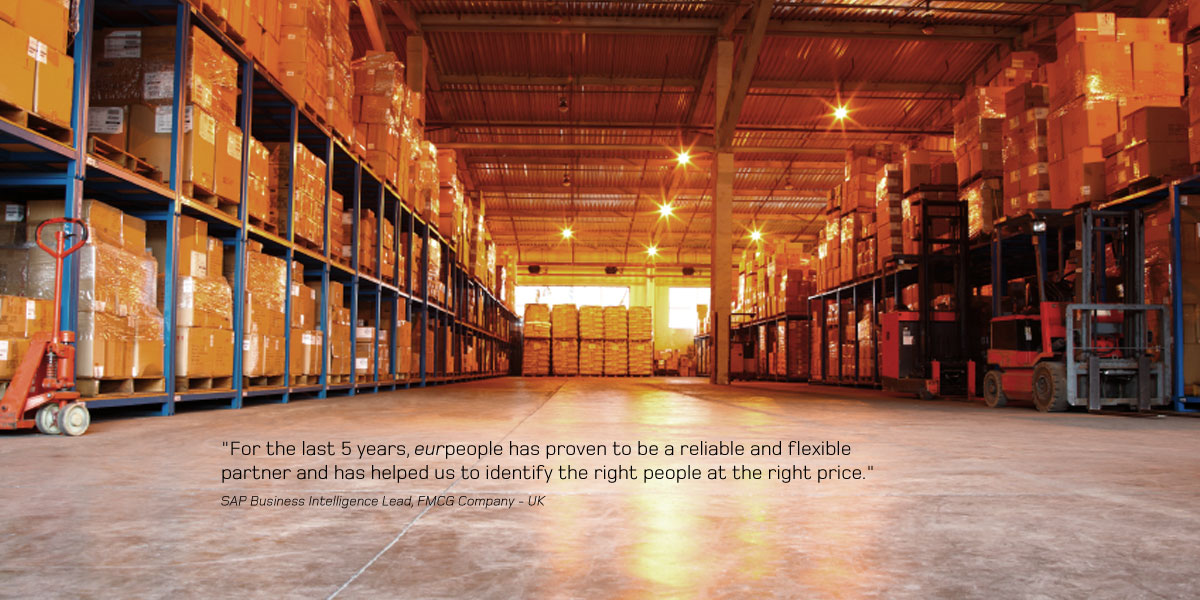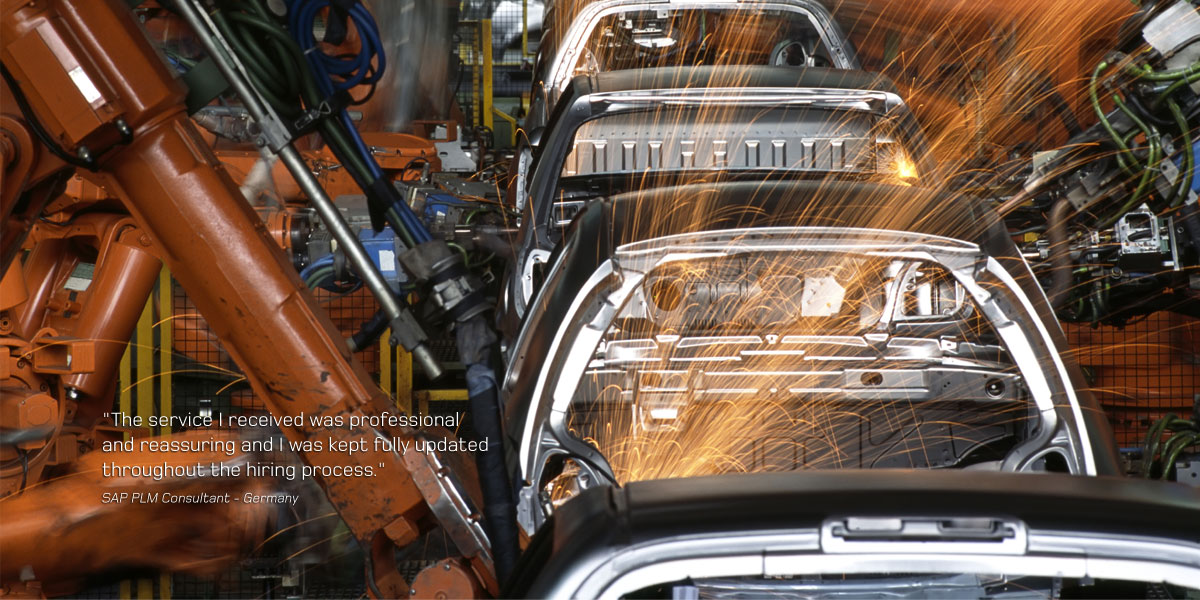Are You Spending Too Much to Make Customers Happy?
It’s probably no coincidence that the luxury goods maker Chanel produced the most expensive ad ever made. It was 2004’s “No. 5 the Film,” costing $42 million and starring Nicole Kidman (who cleared $18 million of the budget) as a paparazzi-fleeing actress who has a one-night rooftop romance with a stranger she meets in a cab.
The ad is all about romance. But most of all, romance is all about emotion, which is something luxury brands like Chanel have been selling for hundreds of years. Lavish retail locations, impeccably dressed and trained staff, personalized treatment, and outrageous perks such as flying top Chinese customers to Paris fashion shows are all designed to make buyers feel happy and special. And it is these emotions that, among other things, make them three times more likely to recommend the company to others, three times more likely to repurchase, less likely to shop around, and much less price-sensitive.
As one of the primary contributors to the kinds of margins that make $42 million ads possible, “emotion” should be a line item on luxury goods makers’ balance sheets. Why? It’s critical to the brand’s survival.
But there is one drawback: It’s a considerable cost for most companies, which is why those outside the luxury realm have traditionally focused their attention on price, quality, product design, and services, for example.
What few see coming is how this attribute has increasingly become a commodity in our global, digital economy. In fact, 89% of companies say they have shifted their attention to making the customer experience the foundation of competition.
Heroism Can’t Buy Happiness
As they make the shift, companies can’t afford to adopt time-consuming and resource-intensive methods typically used by luxury brands. Yet, the Internet is full of stories about heroic employees who spend hours on the phone solving a customer’s problem or go beyond the norm to make customers happy.
That may be a great practice, but heroism is expensive and doesn’t scale well. Luxury brands can afford the kid-glove treatment – everyone else cannot.
Nevertheless, employees sometimes have to be heroes just to get their jobs done. They try to keep customers satisfied while navigating overly complex systems and processes – so complex, in fact, that the typical call center employee must endure three months of training. This complexity inevitably leads to process breakdowns and negative emotions among customers and employees alike.
And if there’s anything more powerful than positive emotions in the customer experience, it’s negative emotions. They are relationship killers: 68% of U.S. consumers say that they’ve stopped doing business with a brand due to a poor customer experience. Customers are more likely to tell others about a bad experience than a good one.
Meanwhile, employees who have to deal with dissatisfied customers are more likely to suffer from what researchers call “emotional exhaustion,” which manifests as burnout, feelings of little or no accomplishment, and emotional numbness. At this point, employees are no longer able to summon the positive attitude and empathy necessary to foster a positive customer experience consistently.
Get Rid of the Anger First
For many companies, the answer is reducing negative emotions in the customer experience and ranking it above eliciting happiness. Research by the Corporate Executive Board, outlined in the book The Effortless Experience,found that moving customers from rating the experience “below expectations” to “meets expectations” gave companies as much economic value as when expectations are exceeded.
Above all, customers expect – or at least hope – that their interactions with companies will require as little effort as possible to get what they want. Before companies try to bring delight to the experience, they must first focus on automating customer experience processes to reduce complexity for customers as well as employees.
Take, for example, LSQ Funding, which gives businesses loans against unpaid customer bills. LSQ redesigned its internal processes buying technology to eliminate the need for employee training. “And they did that through the use of enabling technology,” said Frances Frei, a professor at Harvard Business School, in an interview with theHarvard Business Review. “They’ve designed a system where the employees that they attract and retain can deliver excellence just as a matter of course.”
When you eliminate potholes in the customer experience and eliminate the need for employee heroism, creating positive emotions doesn’t just become possible. It becomes affordable.
Customers say they want a more personalized experience, but don’t want to give up the amount of personal data required to make personalization work. There is a middle ground: Live Businesses Deliver a Personal Customer Experience Without Losing Trust.
Christopher Koch is the Editorial Director of the SAP Center for Business Insight.
This story originally appeared on The Digitalist as part of the 10 Weeks of Live Business series.
| Location: | Start Date: | ||
| Rate: | Duration: | ||
| Type: | Reference: |
Contact Details
To find out more about how eurpeople can cater for your needs contact us at the following:
London Office
eurpeople Recruitment Ltd
South Point House, 321 Chase Road
London, N14 6JT, United Kingdom
Middle East Rep Office
eurpeople ME Recruitment Ltd
PO Box 309, Girne
Mersin 10, Turkey












